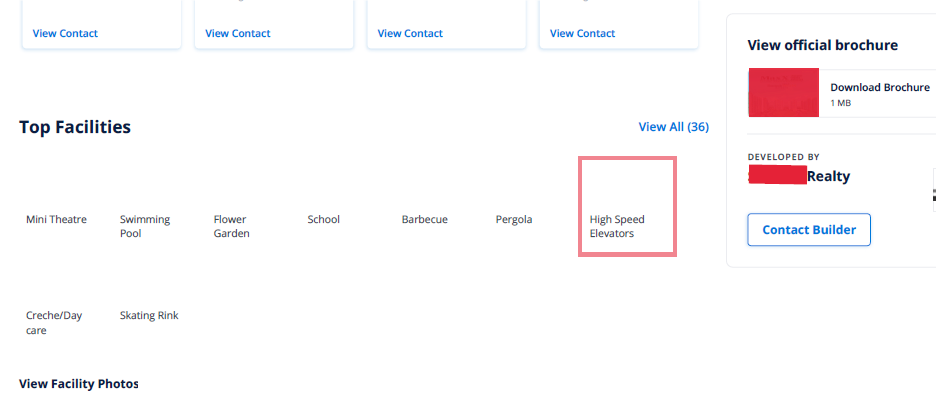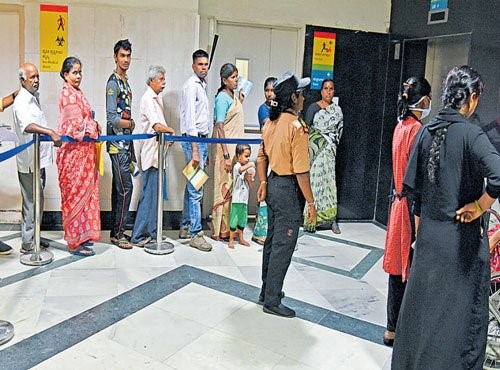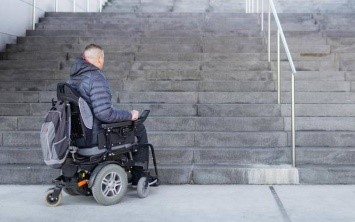The earliest known reference to an elevator is in the works of the Roman architect Vitruvius, who reported that Archimedes (c. 287 BC – c. 212 BC) built his first elevator probably in 236 BC. Some sources from later historical periods mention elevators as cabs on a hemp rope powered by hand or by animals. The development of elevators was led by the need for movement of raw materials including coal and lumber from hillsides. The technology developed by these industries and the introduction of steel beam construction worked together to provide the passenger and freight elevators in use today.
In early post-independence, elevator business in India reported slower track as the height of building were limited to 3 or 4 floors. Even today in some of the sub urban parts of India residential buildings, hospitals with 4 – 7 floors are accessible only through staircase – on the other hand the duplex apartments are facilitated with private home elevators. The thought beyond this is elevators being considered as a luxury or a premium facility than a necessity.
However in Indian context providing elevators are considered as one of the luxury facility/amenity and thus are also included in marketing strategy, particularly for residential building provided with elevators forms one of the key marketing aspects, it is purely by accident that they meet the standards & codes.

NBC 2016 has well defined standards for elevator’s service and various requirements as per the functionality of the building. The usual approach for designing the vertical transportation (VT) system of a building start with its usage pattern or the functionality. The structure, MEP etc. are designed as per the population expected to be occupied in the building, however while designing the VT system the approach of architect sometimes changes to back calculation that what population could be handled with provided VT system, while the correct approach is to design VT system as per the population of building. The incorrect approach results in deteriorating performance of elevators and longer waiting times.
What if longer waiting times?


We have heard “time is money” which holds much importance from a business perspective.
Can we link the longer waiting time to monetary loss of a tenant? Let’s do an exercise.
Example: An under elevated office building having an average waiting time over 1 minute in peak morning hours and obvious could be more as 2-3 minutes in lunch peak. Assuming a building population of 2000 people & 50% of population has to wait for min. of 3 mins a day to get in to the elevator.
1 person does minimum 4 trips a day – 3 minutes x 4 = 12 mins. ( A person spends 12 mins/day waiting to get into elevator)
50% population (1000 people) x 12 minutes = 12000 minutes / day.
Assuming 24 working days a months – 24 x 12000 mins = 288000 minutes per month.
Calculating for a year – 288000 x 12 = 3456000 minutes.
Considering an average salary of Rs. 25000/- of an employee working 24 days & 8 working hours a day. A company pays approx. Rs. 2.5 per minute to the employee.
Therefore 3456000 minutes x Rs. 2.5 = Rs.86,40,4000 / –
86 lakh 40 thousand can definitely be a big amount for an employer.
When elevators are considered just as a facility, the adequacy of elevators would usually be ignored while the thought to consider it as a necessity develops the approach towards adequate elevatoring.
Another example would be the railway stations at metro cities.
Mumbai, for example, is a city which has local trains well known as life line of Mumbai. The railway stations have foot over bridges to access the platforms, these bridges are constructed years ago & the height of bridges would be around 10-12 metres & are accessible only through staircases. The access to platform through these foot over bridges is so difficult for differently abled peoples, pregnant women & senior citizens. Trains have a special compartment for differently abled people. Shouldn’t there be a thought to equip these bridges with elevators for easier access for differently abled people along with a thought to provide a separate compartment?
The first elevator in India was installed at the Raj Bhavan in Calcutta (now Kolkata) by Otis in 1892. And more than 118 years later, starting from 2010, efforts are underway to equip suburban train stations with elevators that are specially for differently abled people. Such a situation would not have come to pass If elevators were considered as a necessity and rather than a facility.

The first elevator in India was installed at the Raj Bhavan in Calcutta (now Kolkata) by Otis in 1892. And more than 118 years later, starting from 2010, efforts are underway to equip suburban train stations with elevators that are specially for differently abled people. Such a situation would not have come to pass If elevators were considered as a necessity and rather than a facility.